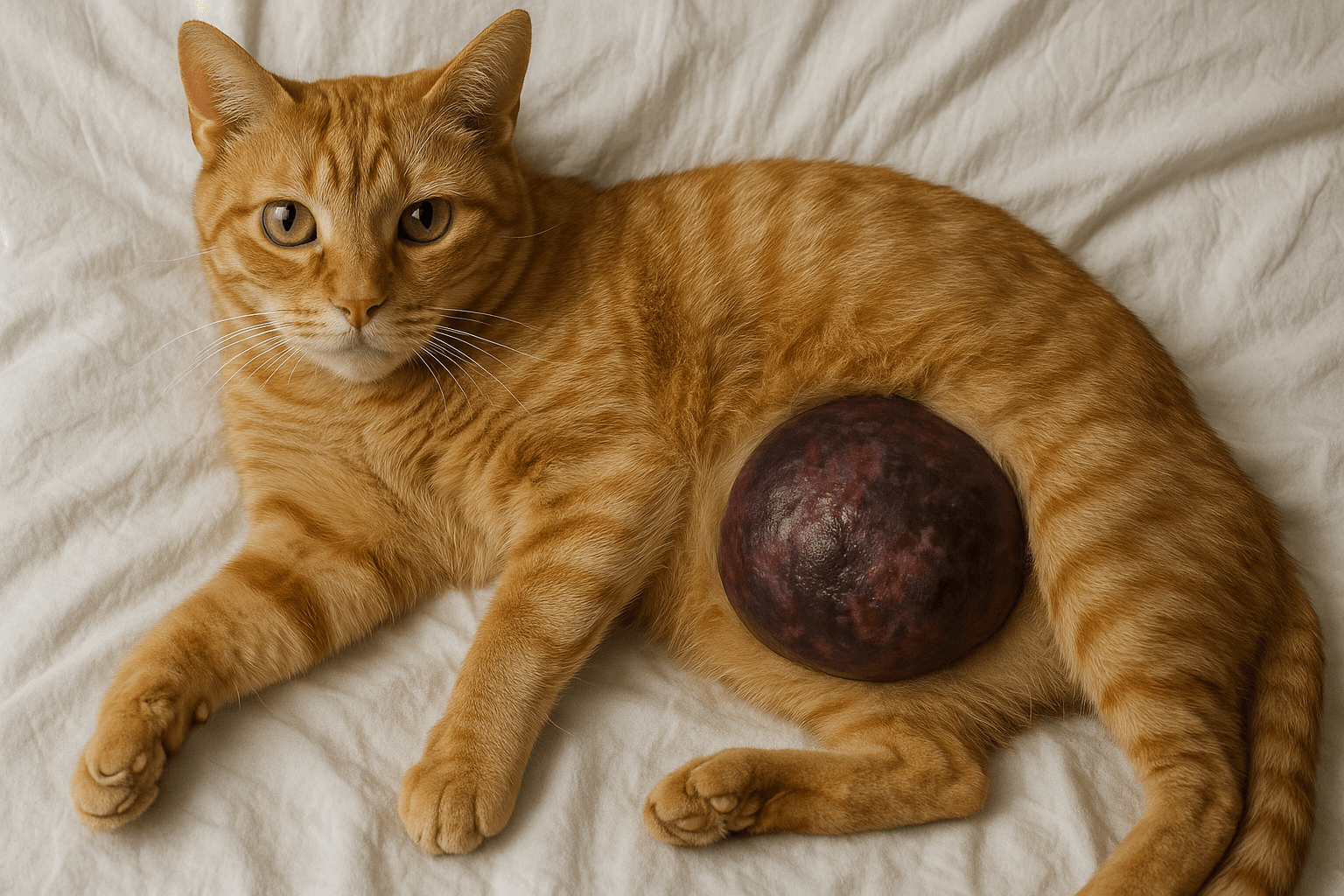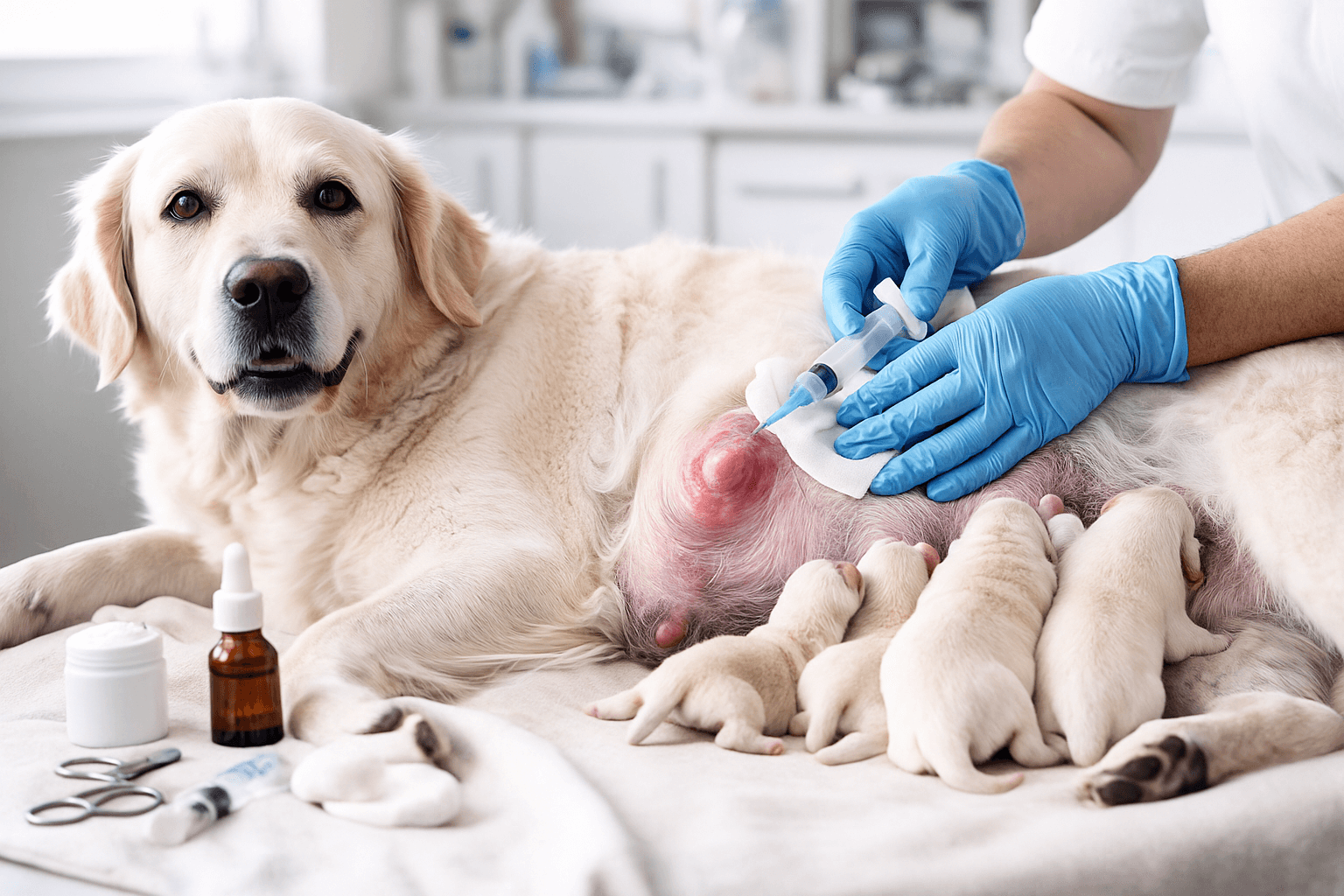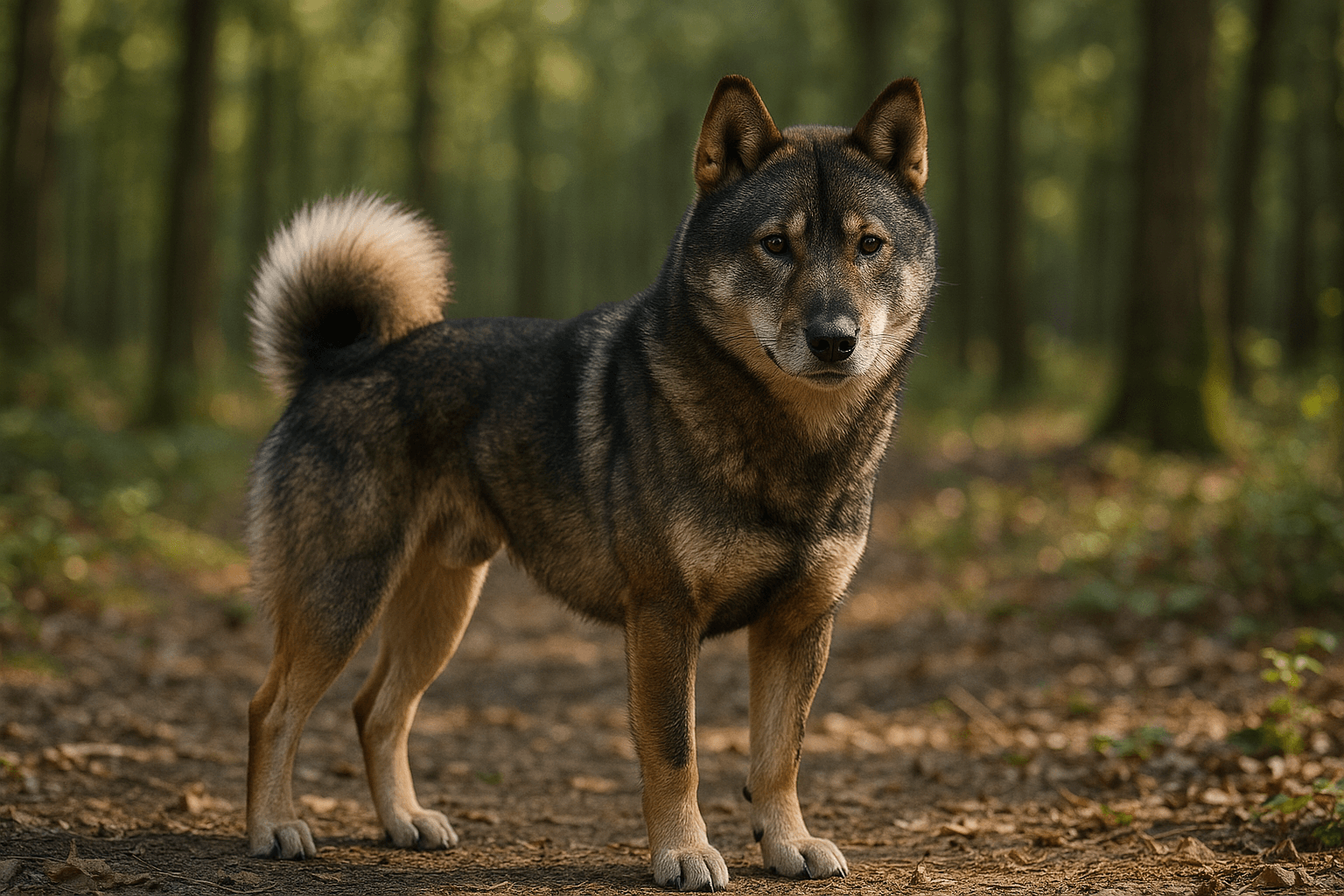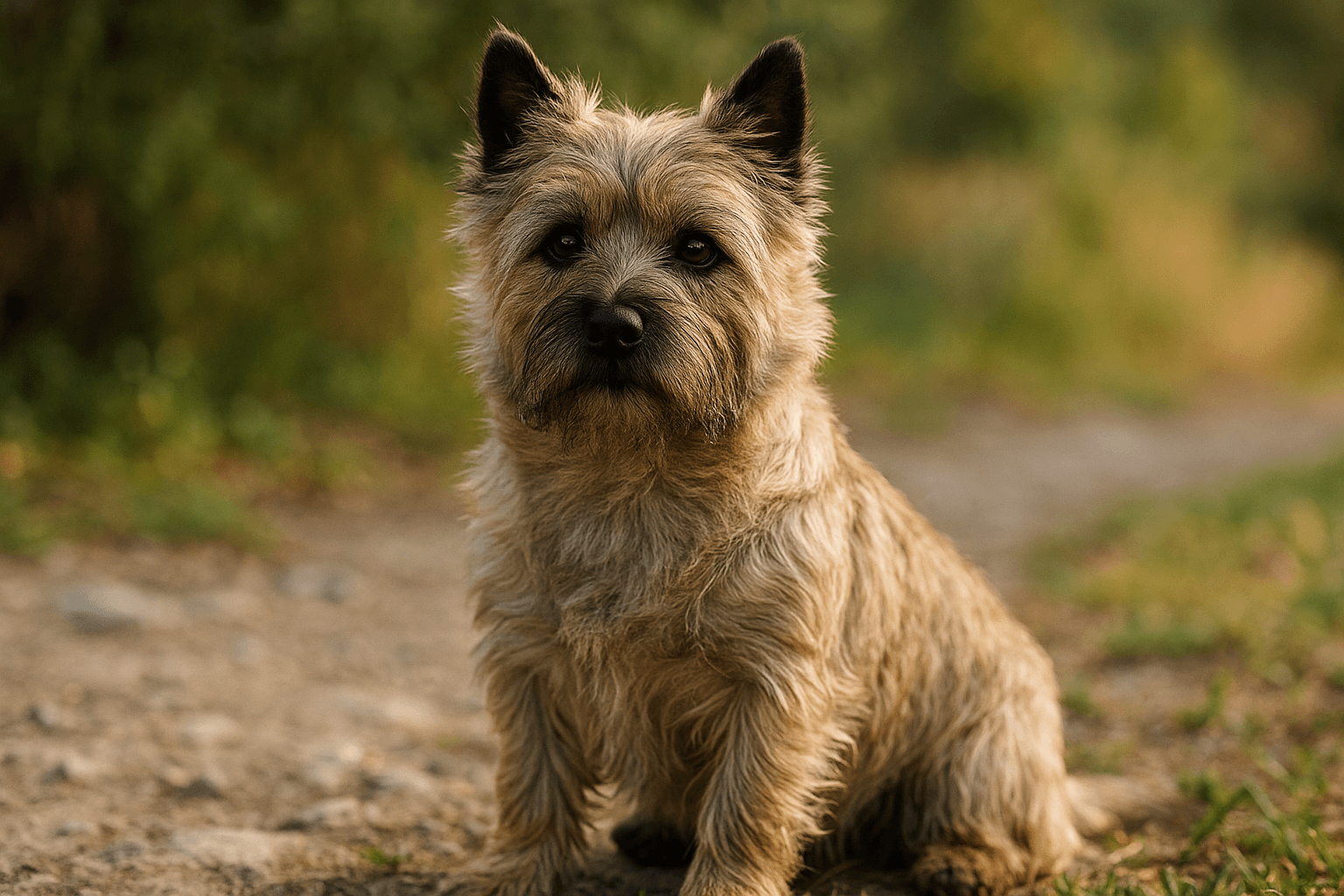What to Do If Your Dogs Neuter Wound Opens
Neutering is a common and safe surgical procedure that helps control pet populations and offers numerous health benefits for dogs. However, complications can arise, such as the neuter wound opening—a situation that requires immediate attention. This condition, also known as wound dehiscence, occurs when the incision site reopens due to factors like excessive activity, infection, or improper care. While it can be alarming for pet owners, understanding how to identify, manage, and prevent this issue can make all the difference in ensuring your dog’s speedy recovery.
In this blog post, we’ll guide you through recognizing the signs of an open wound, steps to take if it happens, and tips to prevent complications.
Expert Opinion on Treating Dog Wounds
“Dog wounds can be a scary thing to deal with, but minor cuts and scrapes are usually safe to treat at home. In fact, knowing how to treat them properly can save you and your dog from unnecessary stress in the future.”
Signs That Your Dog’s Neuter Wound Has Opened
Detecting an open neuter wound early is crucial to prevent further complications. Keep a close eye on your dog’s incision site during their recovery period to spot any warning signs.
Visible Gaping of the Incision:
The edges of the wound may separate, exposing underlying tissue or stitches.Bleeding or Discharge:
Fresh blood, pus, or unusual discharge from the incision indicates possible infection or trauma.Swelling Around the Area:
Excessive swelling near the wound could signal inflammation or reopening.Licking or Chewing the Wound:
Persistent licking or chewing can irritate the area and lead to the wound opening further.Behavioral Changes:
Signs of discomfort, such as whining, restlessness, or reluctance to move, may suggest pain associated with the reopened wound.
If you notice any of these symptoms, it’s essential to act quickly to prevent worsening the condition.

Immediate Steps to Take If the Neuter Wound Opens
If you discover that your dog’s neuter wound has opened, staying calm and taking prompt action is key to managing the situation effectively.
Assess the Severity:
Check whether the wound is minor (slightly gaping) or severe (exposing internal tissues). Minor cases may require less urgent intervention.Stop the Bleeding:
Apply gentle pressure with a clean cloth or sterile gauze to control any bleeding. Avoid pressing too hard to prevent further damage.Clean the Area Carefully:
Use a saline solution or warm water to gently clean around the wound. Avoid harsh chemicals or scrubbing to prevent irritation.Prevent Licking or Chewing:
Place an Elizabethan collar (cone) on your dog immediately to stop them from aggravating the wound further.Contact Your Veterinarian:
Call your vet as soon as possible to describe the situation and seek professional advice on next steps.
Taking these actions promptly can help stabilize the condition until you can consult your veterinarian.
Check this guide 👉How Long After Neutering Does Behavior Change in Dogs? Best 7 Tips
Check this guide 👉Why Do Neutered Dogs Hump? Best 7 Health Tips!
Check this guide 👉Can a Neutered Dog Still Mate? Best 7 Expert Tips!
Preventing Wound Dehiscence | Managing an Open Wound at Home |
|---|---|
Limit physical activity during recovery | Keep the wound clean and dry |
Use an Elizabethan collar consistently | Monitor for signs of infection |
Follow post-surgery care instructions | Avoid applying ointments without vet approval |
Check the incision daily for redness | Restrict movement to reduce strain |
Prevent exposure to dirt or contaminants | Seek veterinary care immediately |
Common Causes of Neuter Wound Dehiscence
Understanding why neuter wounds reopen can help you prevent this complication in the future. Several factors contribute to wound dehiscence, many of which are avoidable with proper care.
Excessive Activity:
Too much running, jumping, or playing can strain the incision site, causing it to reopen.Infection:
Bacterial infections weaken the healing tissue, increasing the risk of the wound splitting open.Improper Suture Technique:
In rare cases, poor stitching during surgery can lead to wound dehiscence.Chewing or Licking:
Constant irritation from your dog’s mouth delays healing and can tear the incision apart.Underlying Health Issues:
Conditions like obesity or diabetes can impair the body’s ability to heal properly.
By addressing these causes, you can significantly reduce the likelihood of your dog’s neuter wound reopening.
Tips for Promoting Faster Healing After Neutering
Helping your dog recover smoothly after neutering involves more than just monitoring the incision. These tips ensure optimal healing and minimize complications.
Keep Your Dog Calm and Rested:
Restrict vigorous activity for at least 10-14 days post-surgery to allow the wound to heal fully.Administer Medications as Prescribed:
Give antibiotics or pain relievers exactly as directed by your veterinarian to support healing.Maintain a Clean Environment:
Ensure your dog’s bedding and surroundings are clean to reduce the risk of contamination.Feed a Nutritious Diet:
A balanced diet rich in protein and vitamins supports tissue repair and boosts immunity.Schedule Follow-Up Appointments:
Regular check-ups with your vet ensure the incision is healing correctly and address any concerns early.
Following these guidelines creates the best conditions for a speedy and complication-free recovery.
Mistakes to Avoid When Caring for a Neuter Wound
Even well-meaning pet owners can make mistakes that delay healing or worsen the condition. Avoid these common errors to protect your dog’s recovery process.
Allowing Too Much Activity:
Encouraging exercise too soon can reopen the wound or cause internal sutures to fail.Skipping Follow-Up Visits:
Missing vet appointments means potential issues may go unnoticed until they become serious.Using Over-the-Counter Ointments:
Applying unapproved creams or ointments can irritate the wound or interfere with healing.Neglecting Hygiene Practices:
Failing to keep the area clean increases the risk of infection and delays recovery.Removing the Cone Prematurely:
Taking off the cone before the wound fully heals leaves it vulnerable to licking or chewing.
Avoiding these pitfalls ensures a smoother and safer recovery for your dog.
Alternative Protective Gear for Dogs Who Hate Cones
Not all dogs tolerate Elizabethan collars well, but there are alternatives that still protect the neuter wound effectively.
Recovery Suits:
Soft, snug-fitting garments cover the incision site and prevent licking without restricting vision.Inflatable Collars:
Donut-shaped collars provide protection while allowing greater mobility and comfort.Neck Braces:
Rigid braces limit head movement, preventing access to the wound area.Bandages or Wraps:
Specialized wraps shield the incision and deter licking, though they must be changed regularly.Close Supervision:
For short periods, direct supervision can work as a temporary alternative to protective gear.
These options offer flexibility for dogs uncomfortable with traditional cones.
Recognizing the Signs of Infection in a Neuter Wound
Infections can complicate the healing process and require prompt treatment. Knowing how to identify them ensures your dog gets timely care.
Redness Around the Wound:
Persistent or spreading redness indicates inflammation or infection.Warmth to the Touch:
Heat emanating from the incision suggests an inflammatory response or bacterial presence.Foul Odor:
A strong, unpleasant smell coming from the wound points to bacterial growth.Pus or Discharge:
Yellow, green, or bloody discharge is a clear sign of infection.Fever or Lethargy:
Systemic symptoms like fever or lack of energy may indicate a more advanced infection.
Recognizing these signs early allows for swift intervention and better outcomes for your dog.
Frequently Asked Questions About Neuter Wounds
Can I use hydrogen peroxide to clean my dog’s open wound?
No, hydrogen peroxide can damage healthy tissue. Stick to saline solutions or consult your vet for appropriate cleaning methods.
How long does it take for a neuter wound to heal completely?
Most incisions heal within 10-14 days, but full internal healing may take up to 4 weeks.
What should I do if my dog keeps removing their cone?
Consider using alternative protective gear like a soft recovery suit or supervise your dog closely to prevent licking.
Is swelling normal after neutering?
Mild swelling is common, but excessive or worsening swelling may indicate an infection or other complications.
When should I be concerned about an open wound?
Contact your vet immediately if the wound is large, bleeding heavily, or showing signs of infection like pus or foul odor.
Prioritizing Your Dog’s Recovery After Neutering
An open neuter wound can be stressful for both you and your furry friend, but with prompt action and proper care, most complications can be resolved successfully. By recognizing the signs of wound dehiscence, taking immediate steps to address the issue, and following preventive measures, you can ensure your dog heals comfortably and quickly. Remember, your veterinarian is your best resource—never hesitate to reach out for professional advice. With patience and attention to detail, you’ll have your happy, healthy pup back to their playful self in no time.
Spleen Cancer in Cats: Best 7 Expert Tips! – Expert insights on symptoms, care, treatment & quality of life for feline spleen cancer.
Dog Mastitis Treatment: Best 7 Expert Tips! – Safe, vet-approved care for nursing moms & prevention strategies.
The Shikoku Ken Dog: Best 7 Expert Tips! – Discover expert care, training & health advice for this rare, loyal Japanese mountain breed.
The Cairn Terrier Dog Breed: Best 7 Expert Tips! – Discover care, training & health advice for this spirited, loyal Scottish terrier.





